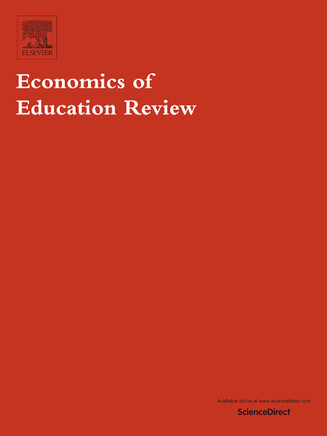DETERMINING DEMAND FOR UNIVERSITY EDUCATION IN ONTARIO BY TYPE OF STUDENT
ABSTRACT
We specify and estimate a demand equation for university education in Canada that is a function of tuition fees, real disposable income per capita and other variables that capture a student's opportunity cost. Our model has a number of novel features. We utilize application data, rather than enrollment data, due to the disequilibrium nature of Canada's university system. We also disaggregate demand into demographic components: male and female, secondary school applicants and "other" applicants, and type of university. A last novel feature is the use of the Maclean's university rankings as a determinant of demand. Our results suggest that the demand functions differ across the demographic characteristics in sensible ways. Broadly speaking, male applicants tend to be more price sensitive than females and tend to exhibit stronger income effects. Students applying from high school do not object to paying for a quality education, whereas "other" students tend to be more discriminating on price. In most cases, an improvement in a university's ranking exerts a positive influence on the number of applications received. (c) 2004 Elsevier Ltd. All rights reserved.
Statistics
Web of Science Times Cited
27
Journal Citation Indicator
0.8

